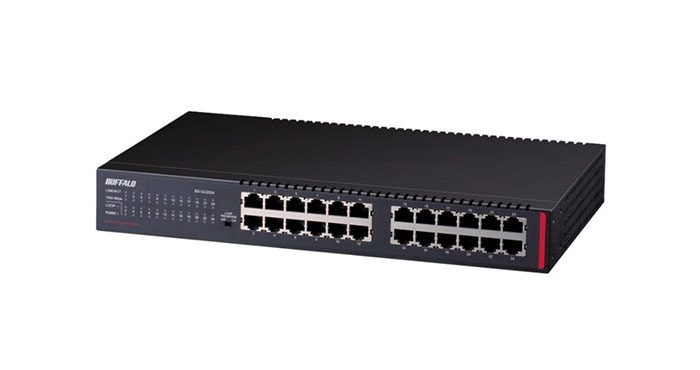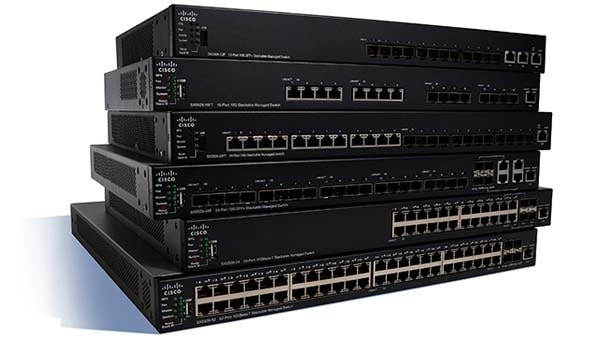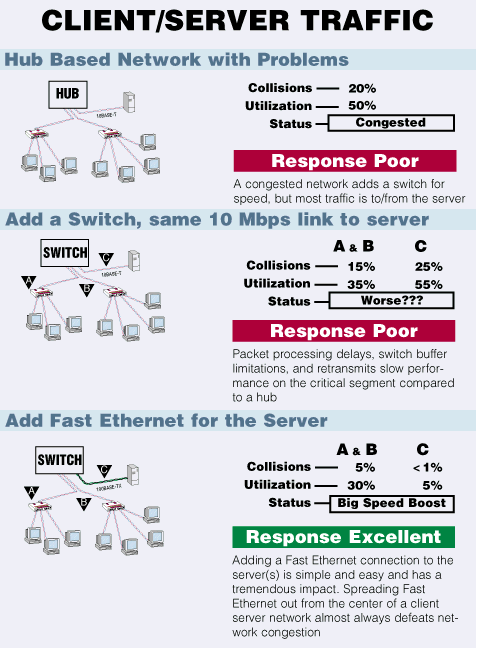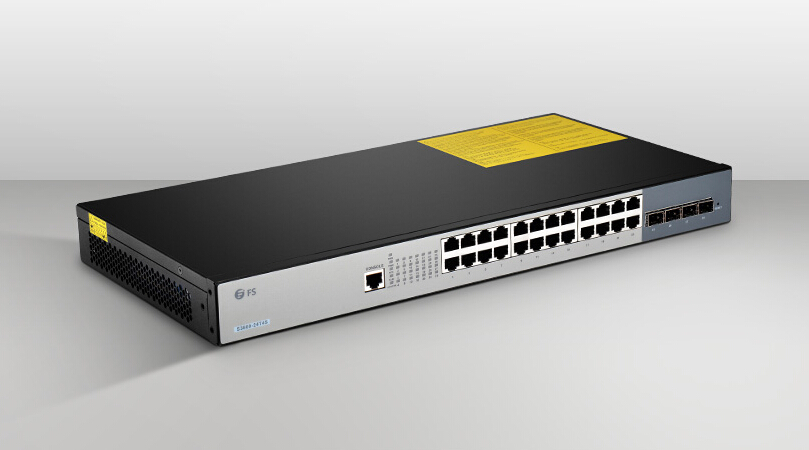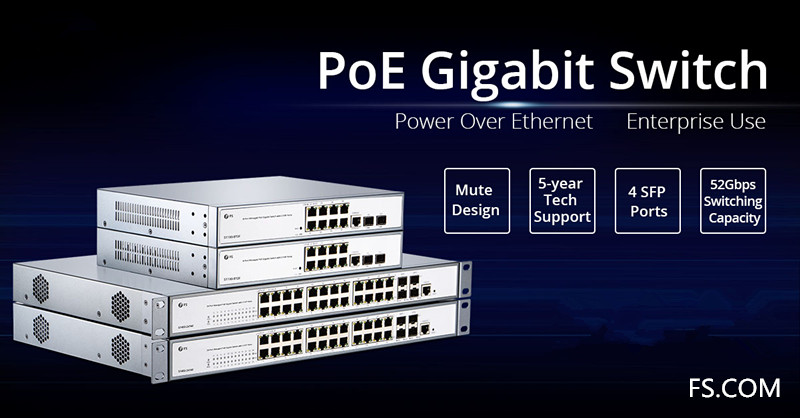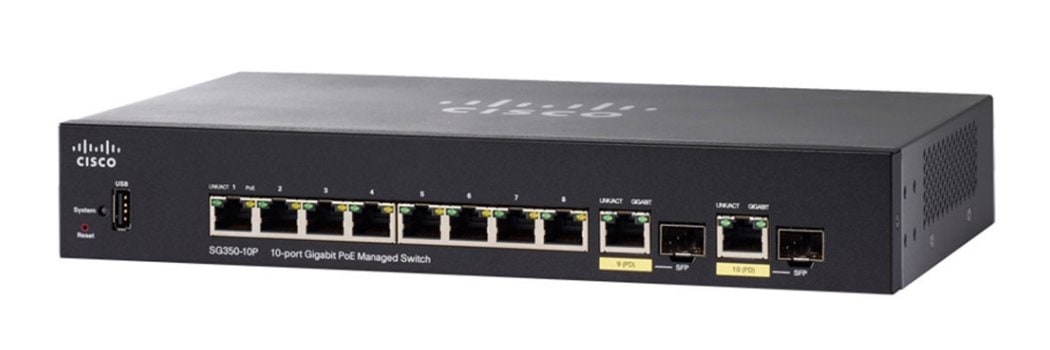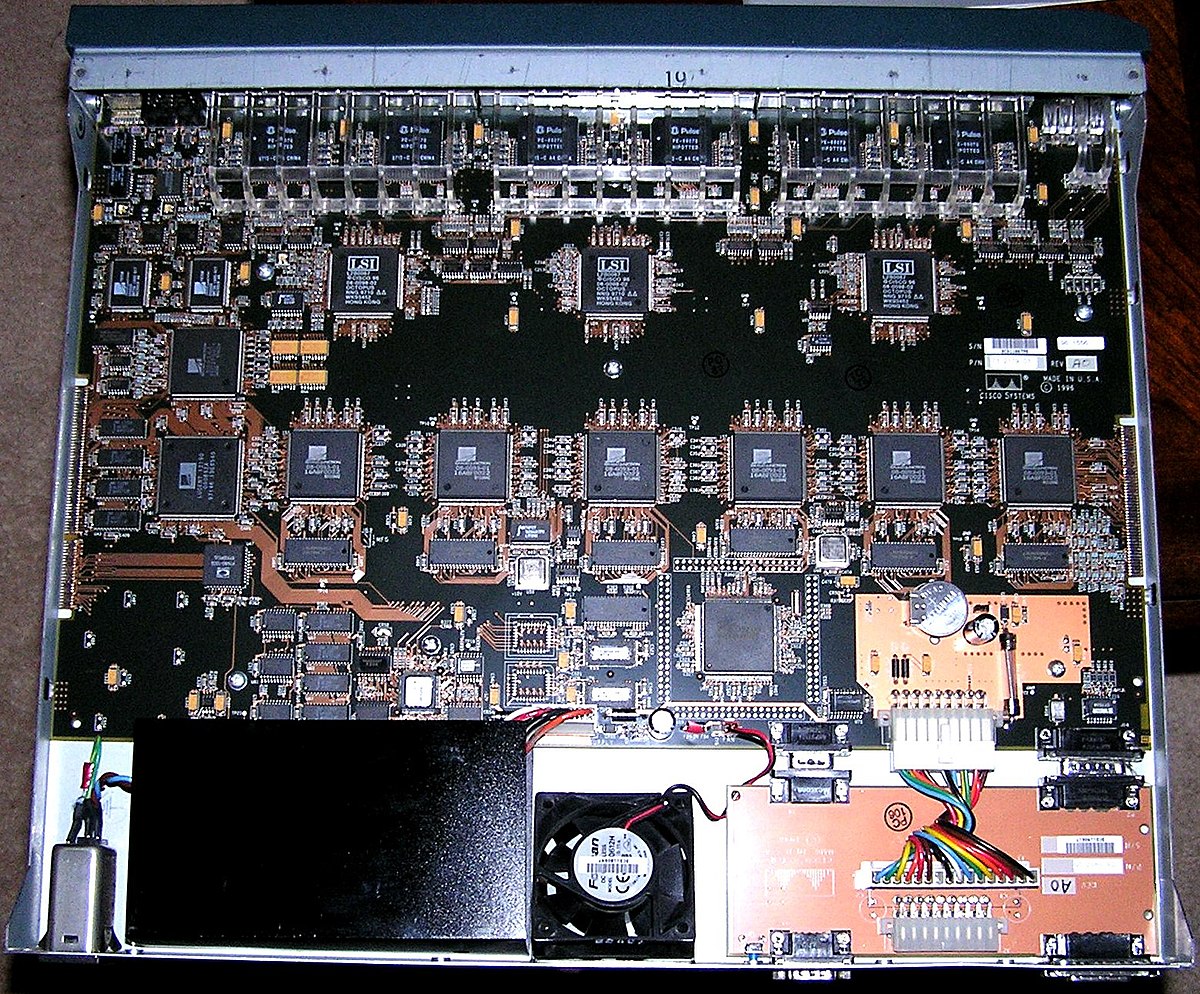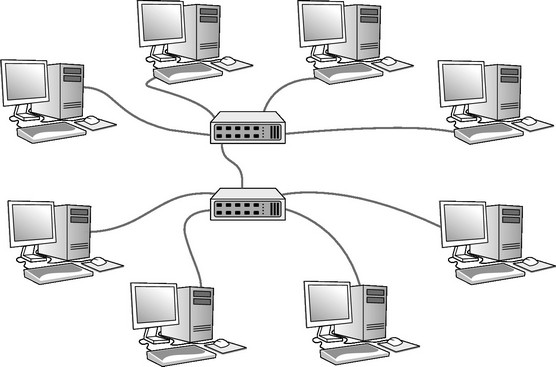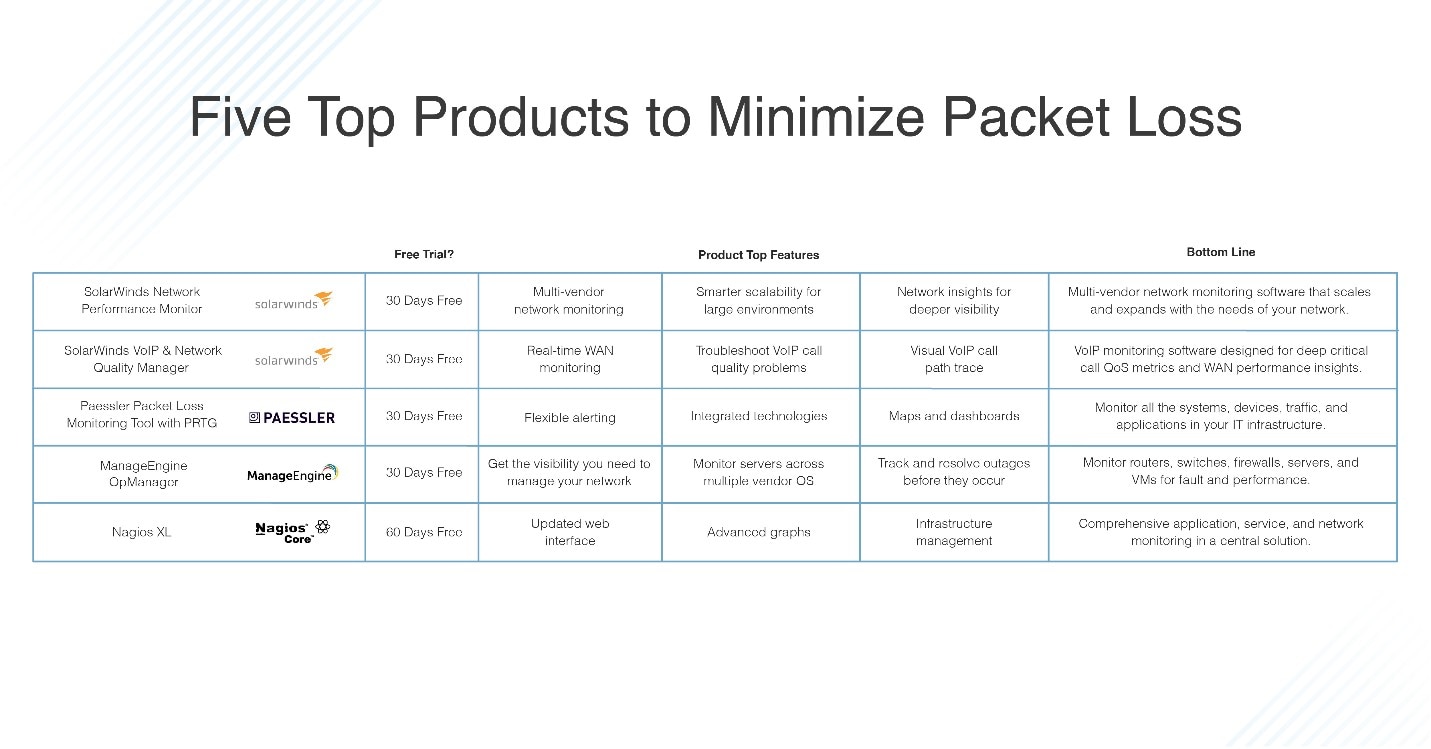Network Switch Internal Speed

Step by step guide to improved network speed 1.
Network switch internal speed. A network switch also called switching hub bridging hub and by the ieee mac bridge is networking hardware that connects devices on a computer network by using packet switching to receive and forward data to the destination device. This comes in to play when you mix fastethernet and gigabit on the same network. A traditional flat network which places all traffic in a single broadcast domain can easily overload switch links. To test the drive speed or a shared folder on your network to test your network speed.
Segment your network logically using vlans. Does the switch have adequate buffers properly implemented flow control. Instead apply your switch s vlan features to send traffic only where it needs to go at the speed it needs to go. Ethernet connection speeds are dependent on the quality of the cabling and the capabilities of the network hardware.
If you have a gigabit ethernet card on your computer your router or switch is gigabit and the receiving device also has a gigabit ethernet card your max transfer speed jumps to a much better 1000 mbps or 125 mbps 125 megabytes per second. Some very old switches are only capable of 10 mbit s switches built from the mid 1990s forward are capable of 100 mbit s and modern switches capable of 1000 mbit s or gigabit speeds. A speed test measures the performance of a network during a short period of time. Comparing published specs foundry s rx 16 switch is the highest capacity switch.
The type of cables you use matter. A network switch is a multiport network bridge that uses mac addresses to forward data at the data link layer layer 2 of the osi model. This folder can be on a local drive or usb drive etc. It can run 64 10 gigabit ethernet ports at full speed and up to 192 10 gigabit ports in a chassis in an.


